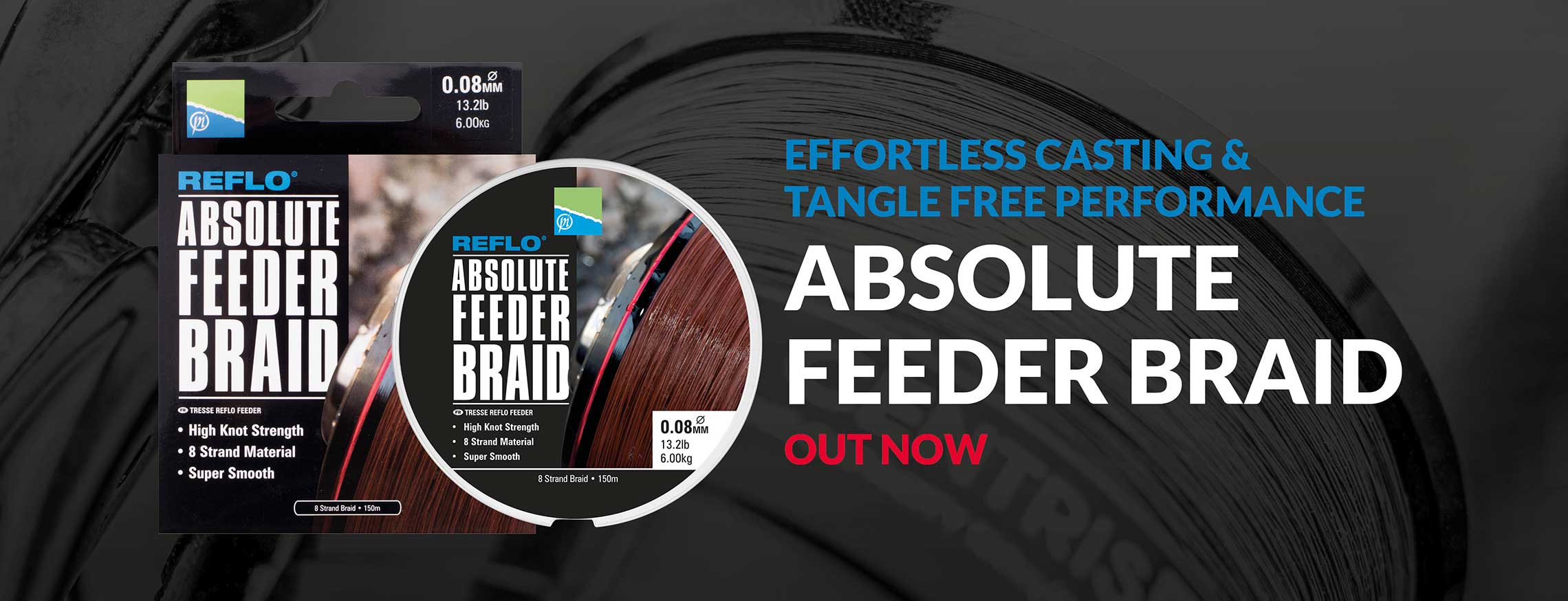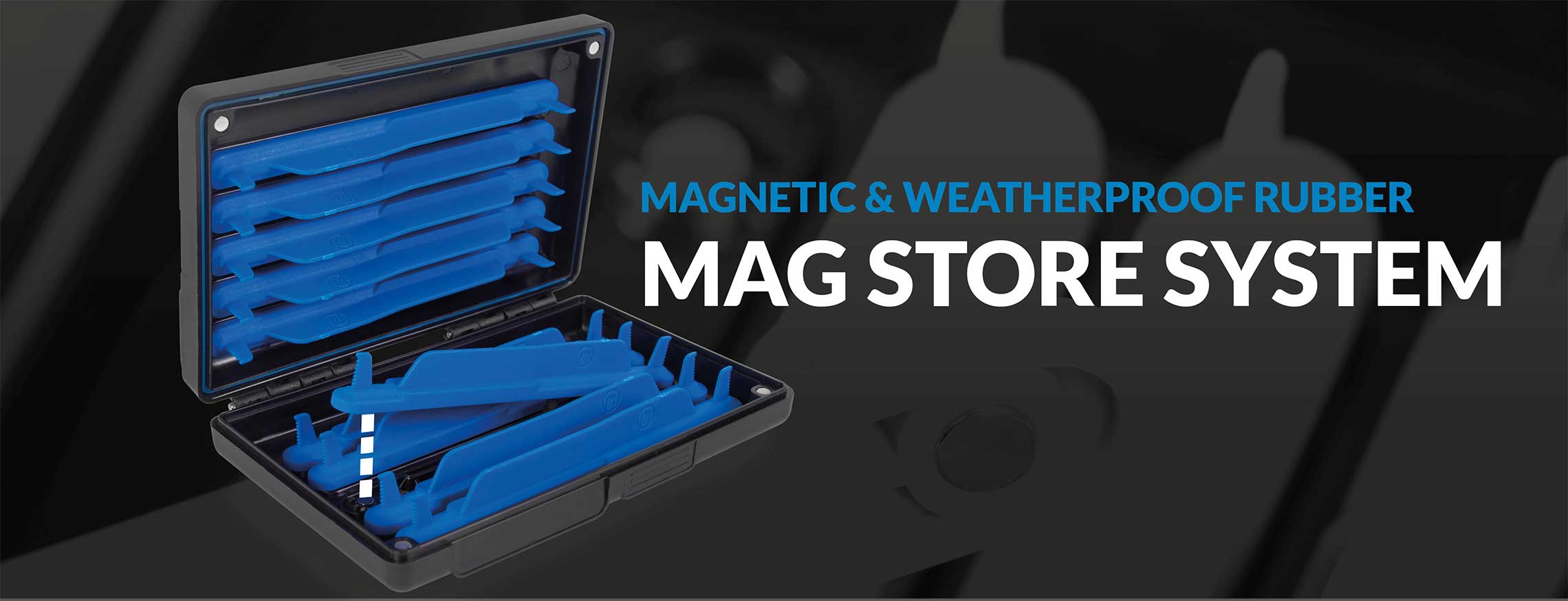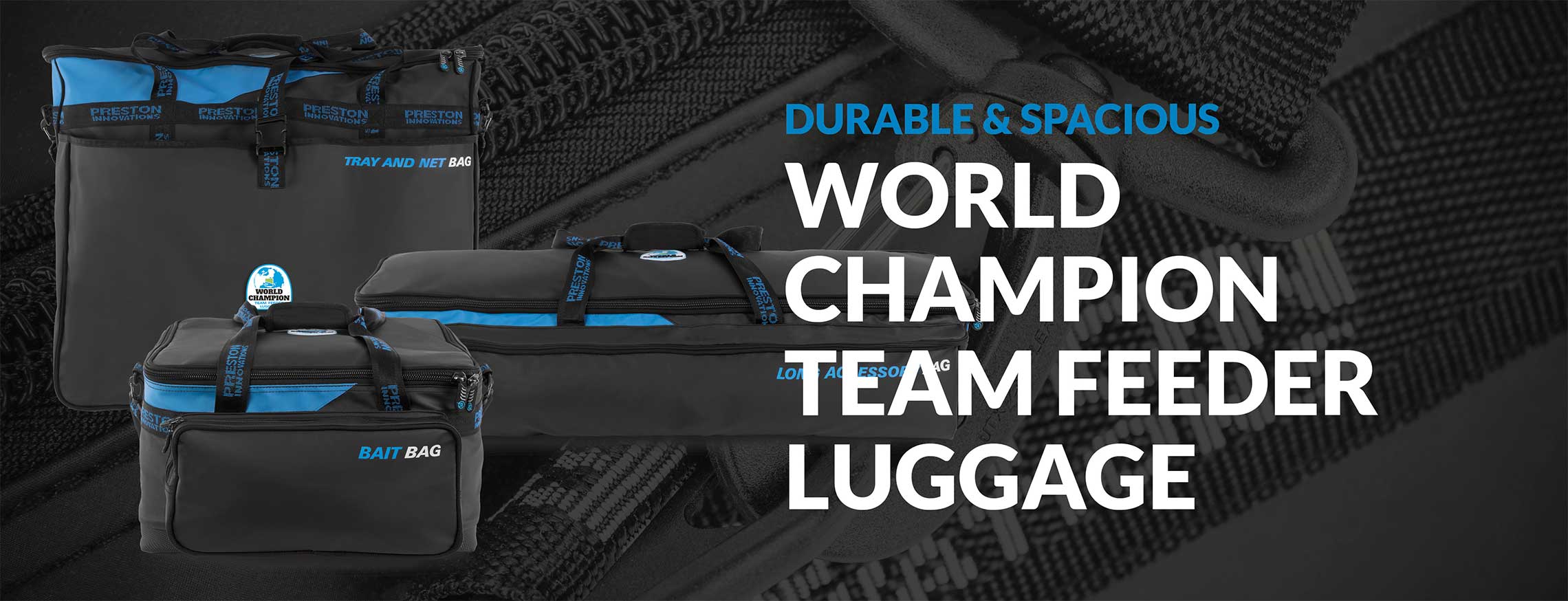HOW TO HOOK!
Share the HOW TO HOOK! article:
Teilen
by Frankie Gianoncelli
How you hook a certain bait and how you present your hook bait is a vitally important aspect in fishing. In the next few blogs I will be running a short series of ‘How to Hook’ certain baits, ranging from meat right through to pinkies. You might be fooled to thinking that hooking your bait isn’t that important and any old way will do. This couldn’t be further from the truth. I will run you through all the different ways you can hook your bait, and all the different edges that can be gained through hooking your bait in certain ways.
I’m going to start this blog series with the most commonly used bait nowadays. Pellets! There’s a lot of ways you can hook pellets and some are right on certain days and certain situations. I’ll run you through a few of my little tricks that I’ve been having some success with recently, that might just give you that edge and catch you those extra fish.

Pellets
Lasso
The lasso is a fantastic way of attaching your pellet to your hook and I’ve had some very good sessions with it. Although, I do find it to be a little bit time consuming as opposed to a band/Looped pellet, but it does give you that extra confidence that your hook bait looks completely natural.

Band
This is probably the most commonly used method of attaching pellets via a hair rig, but there are a few little things you can do to prevent fish loss and maximise your catch rate. I’ve found that tying your band closer to the shank of your hook to be the best way for f1s. Whereas, a 5-10mm gap is much better for proper carp. It’s all down to how the fish feed, f1’s feed a lot more negatively than carp, making a smaller hair much more effective in terms of hooking the fish in the mouth as opposed to around the mouth which results in fish loss. On the other hand carp suck the bait in a lot more positively making a longer length hair more effective.

 Preston Quick Bander
Preston Quick Bander
Makes baiting up using bait bands quick and easy. Can be used to attach bait directly to the hook or hair.
Looped Pellet
Fish are becoming more and more wary as time goes by. Once they have been caught a few times on a particular method/bait they naturally become cagy making them more difficult to catch. This Little technique is a great way of disguising your hook bait to your loose fed. I’ve been using this method a lot throughout the spring and it can be deadly on difficult days!





